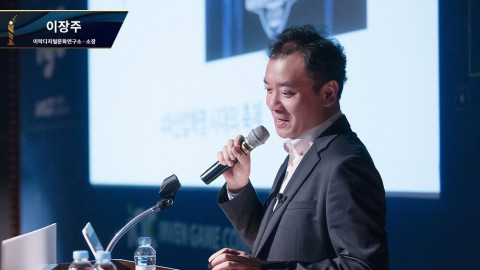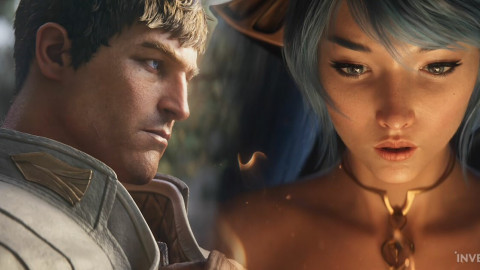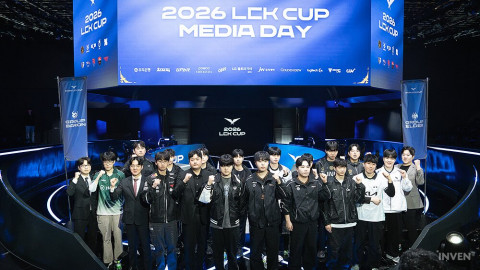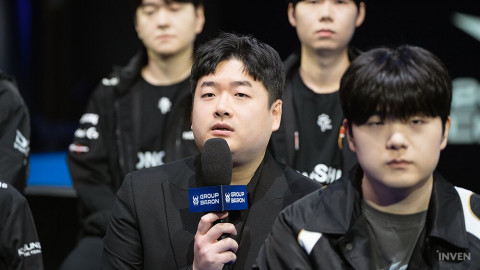Disclaimer : The following article was written freely based on the author's opinion, and it may not necessarily represent Inven Global's editorial stance.
The International 2017 is going to be an esports extravaganza. That’s basically a guarantee at this point. Valve and PGL have done excellent work in providing fans with a grandiose, well-produced show. The competitive meta seems to be wide open. The lineup of teams set to compete is beyond strong.
The stars are aligned for the biggest Dota 2 tournament of the year to deliver on every level...but more important than TI7’s entertainment value is what comes immediately after.
Earlier this month, a new approach to tournaments was announced on the official Dota 2 blog. Valve-sponsored “Major” events like the Boston Major and Manila Major are no more. Instead, the publisher will be empowering third-party organizers to flesh out the tournament calendar by dubbing certain events as “Major” or “Minor” tournaments.

Photo : Daniel Najarian, @missing_data
Majors and Minors must conform to a number of standards including prize pool size, qualifiers in the six regions and LAN finals. Should they meet them, they receive a prize pool boost from Valve (an additional $150,000 for Minors, $500,000 for Majors) as well as a probable spike in viewership.
Obviously, this is a massive change in direction from where the Dota 2 competitive scene has been headed. And it’s a much-needed one at that.
Over the last few years, Dota 2 has seen a mass exodus of third-party tournament organizers. Whether small or large, the combination of limited monetization options, an evaporating sponsorship market, frequent withdrawals of teams and the ever-present threat of a sudden scheduling conflict, have pushed staples of the scene out of the market with few replacements finding footing in their place.

This has resulted in the tournament calendar steadily emptying, to the point where 2017 will see just 15 “Premiere”-level tournaments in comparison to 29 in 2014. It was an unsustainable clip and Valve was right to make a heavy change, but with the door open to organizers once again, it remains unclear how many are likely to walk through.
Ideally, this move would welcome back a fair number of the organizers that were driven away but, as it stands, there is little reason to expect that to happen.
Before Valve-sponsored Majors took over the scene, organizers had numerous methods of monetizing their tournament in the Dota 2 client. From virtual tickets to special cosmetic items to custom compendiums, there were far more income methods available in 2014 than there are in 2017.

Making Dota 2 tournaments a profitable endeavor is the key to regrowing the competitive scene and there has yet to be any indication from Valve that this will be easier after TI7 than it is today.
The opportunity is there for things to return to how they were in 2014. With most Valve-sponsored tournaments gone, the seasonal Battle Passes built around them will likely go as well. That is a void that could (and really should) be filled by outside tournament organizers. Bringing back these revenue-generating tools will increase the likelihood for bigger, better shows for fans and bigger, better paydays for competitors.
Alas, there hasn’t been any indication from Valve, or anyone else, that these will return.
As it stands, there is only one event scheduled in 2017 after The International, being ESL One Hamburg. That show was announced all the way back in February, however, leaving it unclear as to whether this new system has raised any interest from outside organizers.
Granted, it isn’t time for fans to panic. Even if an outfit like MLG or ELEAGUE was drooling over the idea of returning to Dota 2, they wouldn’t set up and announce an event in just two weeks’ time.
That said, more than the TI7 prize pool or any other tournament results over the coming months, the biggest story to watch in Dota 2 is what response this new format gets from organizers. Will fans get their fill of content during the 2017-2018 season? Or will Valve’s “addition by subtraction” approach ultimately end up simply being subtraction?
That remains to be seen, but it’s something fans, and Valve, need to keep a close eye on.
Sort by:
Comments :0






